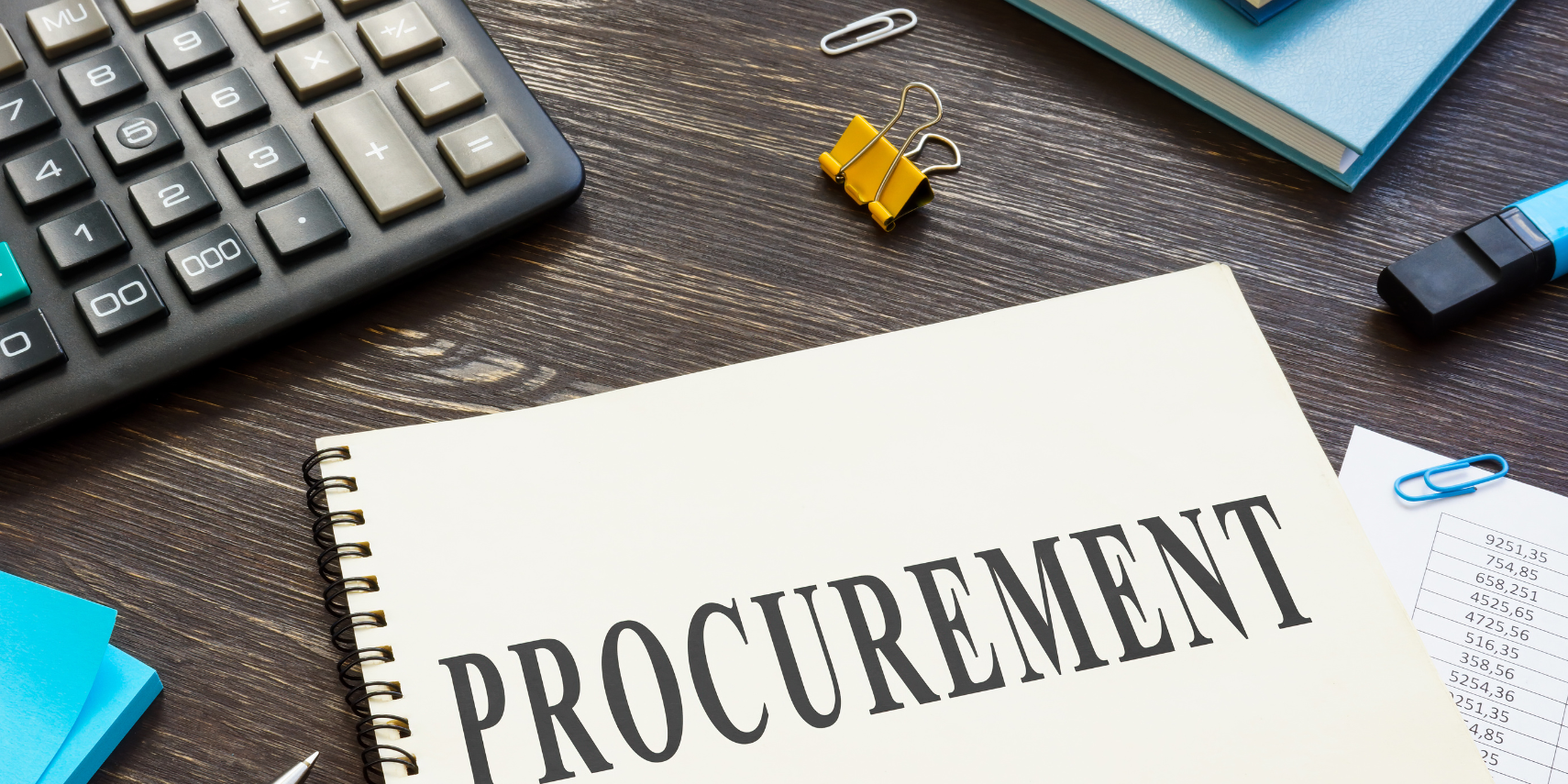
When tendering for commercial cleaning contracts in Australia, risk management and health and safety compliance aren’t just important, they’re essential. Clients need to know that awarding a contract to your company will not expose them to unnecessary risk.
This guide breaks down everything your cleaning business needs to include in a tender or proposal to show that you can manage workplace risks, protect your staff and clients, and deliver services safely and professionally.
What is Risk Management?
It is normal and fair for clients to be cautious about new contracts and what will happen if the new contractor doesn’t perform. Risk Management is about proving to the client (and reassuring them) that you have the resources, facilities, and infrastructure in place to service the requirements of the contract and that there are no risks associated with awarding the work to your company.
The most common approach for managing risk is mitigation, which involves:
Why Risk Management and OHS Compliance are crucial in the Cleaning Industry
Risk management in the cleaning industry is all about showing that you understand potential hazards and have effective systems in place to manage them. Whether you're bidding for a government tender in New South Wales, a school contract in Victoria, or a commercial building in Western Australia, strong risk mitigation practices reassure clients that:
-
You can deliver the job safely
-
You meet legislative requirements
-
You have contingency plans in place if issues arise
Key Components of a Health and Safety System
Every commercial cleaning business in Australia should have a Health and Safety Management System (HSMS) that includes:
-
Policies that outline your WHS commitments
-
Documented roles and responsibilities
-
Training and induction procedures
-
Safe Work Method Statements (SWMS)
-
Risk assessment processes
-
Incident reporting systems
-
Ongoing safety performance evaluation
If you don’t have a full HSMS yet, even including the table of contents or sample sections in your tender response can demonstrate your intent and understanding.
Hierarchy of Controls
Hierarchy of Controls helps you find a suitable control mechanism for minimising the risk for the identified hazard. The hierarchy is arranged from the most effective controls to the least effective. A usual hierarchy of controls would be:
1. Elimination: Re-organise the task to eliminate the hazard
2. Substitution: Substitute the hazard with something safer
3. Isolation: Isolate the hazard from people
4. Engineering Controls: Modify equipment or processes
5. Administrative Controls: Training, policies, procedures
6. Use Personal Protective Equipment (PPE): Gloves, masks, goggles, etc.
Mention how you apply this framework when managing cleaning site risks.
Common Risk Management Terminology and Concepts
When we talk about Risk Management, it is important to understand the terminology to ensure you can work safely in the cleaning industry.
Hazard
Common hazards in the cleaning industry include:
- Chemicals
- Heat Stress
- Equipment
- Slip and Fall
- Manual Handling
- Biological
- Sharps
- Electrical
Health and Safety Policies and Procedures
For a cleaning company, the supporting procedures that you should have in place include (at a minimum):
- Risk Management
- Hazard Reporting
- Incident Reporting
- PPE
- Infection and Waste Control
- Manual Handling
- Workplace Safety Inspection
- Prevention of Falls
- Contractor Safety
- Emergency Preparation
- Emergency Response
- Workplace Signs
- Safety Induction
- Test and Tagging.
Material Safety Data Sheet (MSDS)
- Store chemicals
- Transport chemicals
- Handle chemicals
- Dispose of chemicals
- Clean up spills
- Apply first aid in an emergency
- Identify the chemical
- Contact the manufacturer.
Personal Protective Equipment (PPE)
- Gloves
- Goggles
- Aprons
- Boots
- Masks
- Safety Shoes
- Earmuffs.
Risk
Risk Assessment
Risk Management Plan
Site inductions
Safety Inductions
Your induction training program should include (at a minimum):
- Definitions of roles and responsibilities
- Your company’s Health and Safety and emergency arrangements
- Job descriptions (including details of hazardous tasks that need to be performed)
- Employee performance appraisals
- Hazard identification
- Risk assessments and risk control procedures
- Operating instructions for the equipment and PPE they will be using
- Details of your Health and Safety Management System and its associated policies and procedures
Cleaning Methodology: 8-Step System for Efficient Results
Every successful cleaning business needs to implement a sound Cleaning Methodology, which will save you time, money and ensure that your tasks are completed correctly the first time. Dawtek has compiled an effective method that can be implemented into any cleaning business. This simple 8-step process ensures that no cleaner cleans the same thing twice and that no task is missed.
Step #1 – Work from a Trolley: Organise all tools and products for efficiency and safe handling
Step #2 – Start from the Top: Start cleaning from the top (high areas) first, then wipe benches and leave the floors till last. Using this process ensures all dust is collected and removed. Dust or loose debris will fall, eventually settling on the floor. Vacuuming the floors last will ensure that all dust is collected.
Step #3 – Cleaning Clockwise: Working in a circular clockwise movement ensures that no task or area is overlooked (or completed twice), eliminating the need to remember which areas have been cleaned.
Step #4 – Power Savings when Cleaning High-rise Buildings: All cleaners work in teams instead of on their own, which reduces the number of areas that require lighting at any one time, therefore guaranteeing clients savings and conserving energy.
Step #5 – Microfibre Cloth Cleaning: Microfibre cloths are environmentally friendly as they require no chemicals to get a great clean.
Step #6 – Vacuuming Correctly: Begin vacuuming with an empty bag. Use a long extension cord and vacuum in a circular motion. By using this method, cleaners can clean a greater area of floor space before the vacuum needs to be unplugged and re-positioned.
Step #7 – Mopping in a Figure 8 Motion: Mopping in a figure “8” ensures that the entire surface of the mop is used, promoting a better result. Additionally, it enables the mop to act as a broom, picking up any loose debris in the fibres.
Step #8 – Colour-coded Equipment: Using colour-coded cloths and equipment cuts infection and cross-contamination, e.g. Blue for General Cleaning, Green for Kitchens etc.
Final Thoughts
Developing a good working method is the key to a successful cleaning business. These tips are a guide to help you save time, money and ensure a complete clean at the standard expected from your clients.
Getting Started With Risk Management Planning
Contact Dawtek if you’d like further information about developing and documenting your company's Risk Management Plan.
Ready to tender?
Start searching the Australian Tenders database to see just how many opportunities there are in your industry. For help getting started contact us on 1800 934 117 or by email at support@australiantenders.com.au.





